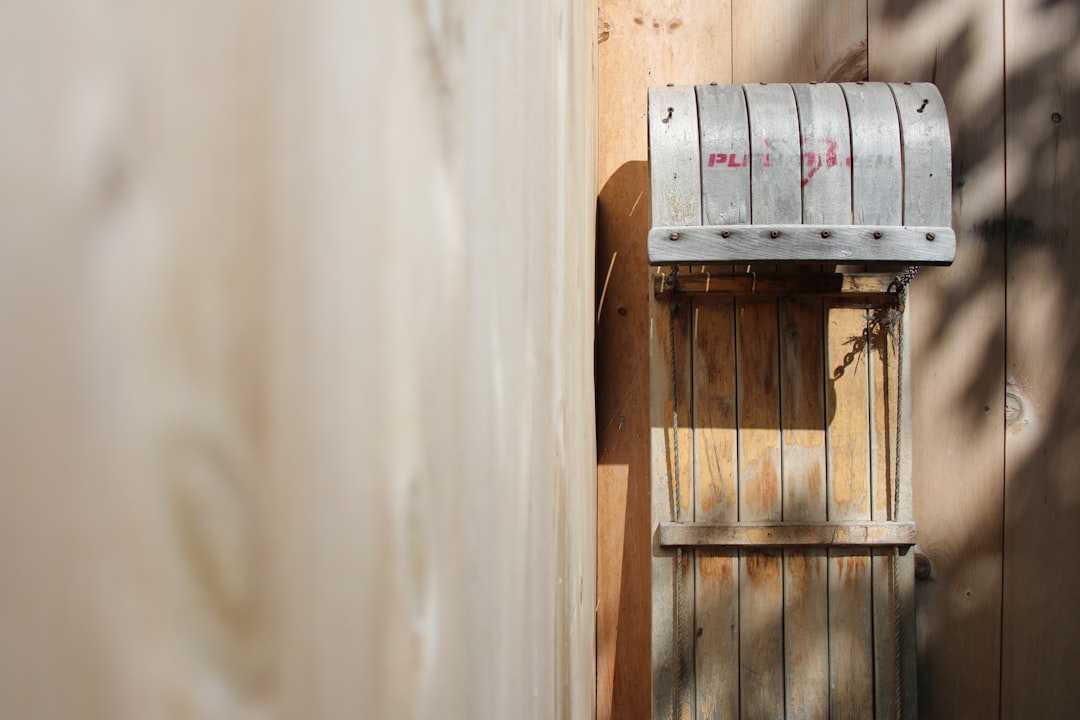Understanding New Water Heater Costs for Construction Professionals
For construction professionals, accurately estimating the cost of a new water heater installation is crucial. Current market rates for water heater installations range from $1,100 to $6,500, depending on the type and complexity of the project. This guide provides a detailed breakdown of costs, installation processes, and energy-saving opportunities to help you deliver precise estimates and maximize client satisfaction.
Key Cost Drivers in Water Heater Installation
Factors influencing installation costs include:
- Unit type: standard tank, hybrid heat-pump, or tankless on-demand
- Capacity: 40-gallon starter models up to 120-gallon family units
- Energy source: natural gas, electric, propane, or solar assist
- Location complexity: basement swap-out versus tight attic retrofit
- Local code upgrades: seismic strapping, thermal expansion tanks, drain pans, insulated lines
- Labor availability: union scale metropolitan markets versus suburban rates
- Disposal fees and permit costs
Typical Price Ranges for Residential Projects
Here are some average costs for different types of installations:
- Basic 40-gallon electric tank replacement: $1,100 – $1,800 installed
- 50-gallon gas power-vent upgrade: $2,000 – $2,900 installed
- Hybrid heat-pump water heater: $3,000 – $4,500 installed (minus utility rebates)
- Whole-home tankless system with gas line upsizing: $3,500 – $6,500 installed
Costs vary by region and project specifics. For precise estimates, visit CountBricks.com.
Step-by-Step Installation Process
- On-site voice capture: Technicians use mobile interfaces to document site conditions and client goals.
- Real-time pricing: The platform matches materials and labor tasks with current supplier costs and local wage data.
- Digital permit package: Automatically includes all necessary code items.
- Transparent proposal: Receive a detailed PDF with line-item costs, timeline, and warranty options.
- Scheduling: Select a convenient time slot; crews arrive with pre-kitted materials.
- Installation & inspection: Licensed plumbers complete the installation and prepare for inspection.
- Final invoice and warranty: Payment is processed, and warranty information is stored online.
How AI Enhances Procurement
- Automatic supplier comparison ensures competitive pricing.
- Reserved stock alerts prevent delays during peak seasons.
- Digital packing lists reduce on-site trips, optimizing labor hours.
Energy Savings and Efficiency
Modern water heaters offer significant energy savings, with potential reductions of 10-35% in utility costs. Consider incorporating manufacturer or utility rebates into proposals for additional savings.
Professional Tips for Installation
- Upgrade shut-off valves during replacement to prevent future issues.
- Insulate the first six feet of piping to improve efficiency.
- Install wireless leak detectors for continuous monitoring.
- Schedule installations mid-week for faster inspections.
Frequently Asked Questions
How long does a standard installation take?
Most installations take 3-5 hours, with tankless conversions potentially extending to a full day.
Do I need a permit?
Yes, permits are typically required. Our platform generates the necessary paperwork automatically.
Can I finance the project?
Financing options are available through our partners, with plans accessible directly in your proposal.
Get Your Custom Estimate
Visit CountBricks.com to receive a tailored estimate for your project.
Case Study: Tankless Water Heater Upgrade
A Nashville homeowner sought a tankless water heater for a growing family. Using our AI tools, we documented:
- Existing 40-gallon gas tank in a crawlspace
- Supply line upsizing required for code compliance
- Venting through a brick exterior wall
AI Estimate Results
- Equipment: 199,000 BTU condensing tankless unit
- Materials & fittings: $1,740
- Labor: $1,120
- Permit and inspection fees: $145
- Old unit disposal: $60
- Total cost: $3,065 before rebates
Outcome
After a $300 state energy credit, the final cost was $2,765. The project resulted in a 29% reduction in gas usage, with a return on investment in 4.8 years.
Additional Insights
- Position units on exterior walls to reduce venting costs.
- Combine installations with water softeners to extend equipment life.
- Schedule annual maintenance to ensure efficiency and warranty coverage.
Repair vs. Replace
Consider repairs for units under eight years old with minor issues. For older units, replacement may be more cost-effective, especially when factoring in energy savings.
Conclusion
Accurate estimates and efficient installations are achievable with the right tools. Start your project at CountBricks.com.

